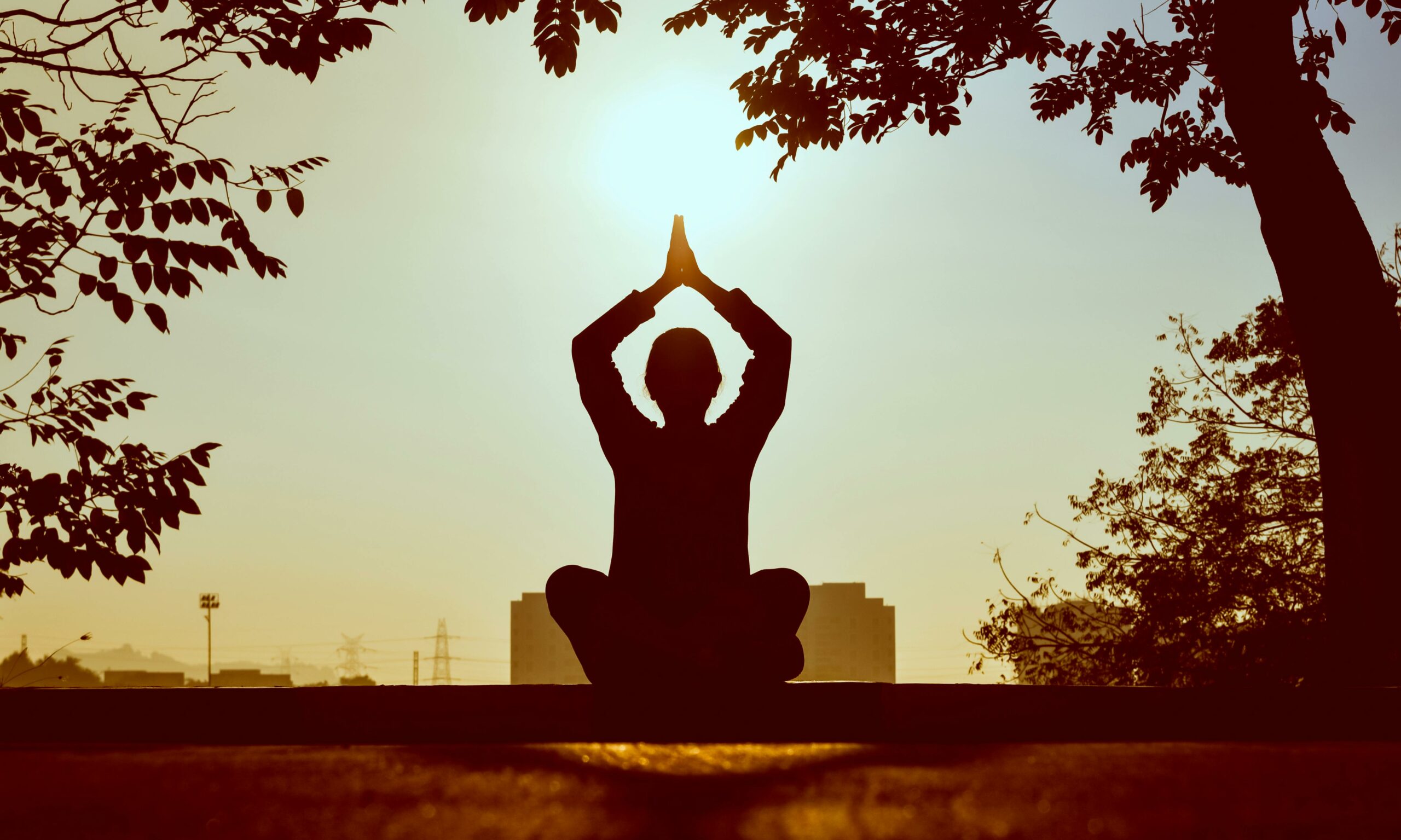Focused meditation breathing is a powerful technique to enhance mindfulness, reduce stress, and improve overall well-being. Here’s a step-by-step guide to help you get started:
1. Find a Quiet Space
Choose a calm and quiet place where you won’t be disturbed. This helps create a conducive environment for meditation.
2. Get Comfortable
Sit or lie down in a comfortable position. You can sit on a chair with your feet flat on the ground, cross-legged on a cushion, or lie down on a mat. Keep your back straight but relaxed. Ideally have your hips higher than your knees (for blood flow), and your head up right as if a puppeteer pulls you up.
3. Close Your Eyes
Close your eyes to minimise distractions and bring your attention inward. This helps focus your mind on the meditation practice. Or you can gaze on the floor in front of you if that’s more comfortable.
4. Take a Few Deep Breaths
Start by taking a few deep breaths. Inhale deeply through your nose, hold for a few seconds, and exhale slowly through your mouth. This helps relax your body and mind.
5. Focus on Your Breath
Shift your focus to your natural breathing. Pay attention to the sensation of the breath entering and leaving your nostrils or the rise and fall of your chest or abdomen.
6. Count Your Breaths (Optional)
To enhance focus, you can count each breath. Inhale and count “one,” exhale and count “two,” and so on, up to ten. Then, start again from one.
7. Notice Thoughts Without Judgment
Inevitably, your mind will wander. When this happens, gently acknowledge the thoughts without judgment and guide your focus back to your breath.
8. Set a Timer
Start with short sessions of 2 minutes, then try longer. Maybe aim for 5 minutes after a week and 10 minutes after three weeks; gradually increase the duration as you become more comfortable. Use a timer to keep track of the time without constantly checking the clock. There is no right or wrong in terms of how long you should meditate. Two times 10 minutes a day is great, 20 minutes once a day is great and 5 minutes a day is also great. You will know what feels right.
9. End Gradually
When your timer goes off, take a few deep breaths, gently stretch your body, and slowly open your eyes. Take a moment to notice how you feel before resuming your activities.
10. Practice Regularly
Consistency is key. Try to practice focused meditation breathing daily, even if it’s just for a few minutes. Over time, you’ll notice increased mindfulness and a greater sense of calm.
By following these steps, you can effectively start your focused meditation breathing practice and experience its numerous benefits.





